
The discovery of a cellular “fat switch” — described in the 11 August issue of the international journal, Science — offers fundamental new information on obesity, a disease affecting nearly one-fourth of all adults in the United States alone.
A protein called Wnt-10b apparently helps prevent flab by quieting two molecules known to crank out the genetic commands for fat formation, called “adipogenesis.”
(An animation that shows pre-fat cells transformingis available – Go to http://www.stke.org, then select “Connections Map.”)
“Wnt signaling functions as a fat switch,” explains doctoral candidate Sarah E. Ross of the University of Michigan School of Medicine, lead author of the Science article. “When it’s on, fat-cell formation is repressed. When it’s off, fat is initiated. Without this signal, muscle-cell precursors can even be reprogrammed to undergo adipogenesis, so that they turn to fat.”
Such basic insights aren’t likely to cure obesity in the near future. But, understanding the cellular events involved in adipogenesis “might suggest a series of targets to support the development of anti-obesity drugs, down the road,” says Science coauthor Ormond A. MacDougald, an assistant professor of physiology at the university.
Inside the cell nucleus, two fat-making transcription factorsproduce genetic commands for transforming would-be fat cells, called preadipocytes, into fat, or adipocytes. Normally, Wnt signaling seems to inhibit these factors, Ross explains, so that preadipocytes stay trim. When this cellular signaler is turned off, however, the transcription factors are free to make pre-fat cells balloon. Pre-muscle cells (myoblasts) also can turn into fat if Wnt signaling is silent.
“During development, Wnt signaling seems to tell the cells, ‘You’re supposed to be a fat cell, you’re supposed to be a muscle cell,’ and so forth,” Ross says. “This signaling mechanism helps direct the cell’s fate. If that toggle is switched the wrong way, then we see more fat formation.”
The Michigan research team investigated Wnt signaling effects primarily in experiments with cultured cells, then confirmed their fundamental findings in an animal model. When pre-fat cells were injected under the skin of mice, lumpy pads of fat formed, but only from cells lacking Wnt proteins. When mice were injected with preadipocytes expressing high levels of Wnt proteins, only non-fatty pads of fibroblast-like cells formed.
To understand what Wnt proteins were doing, the scientists examined how the Wnt-1 protein affects the expression of genes that regulate fat. In cells expressing Wnt-1, the two fat-transcription factors were undetectable. When hormones were used to stimulate cell differentiation, pre-fat cells morphed to fat in the presence of the transcription factors, but not when Wnt was in the picture. Disrupting Wnt signaling caused muscle precursors to go soft and transform into fat.
The Wnt family of cell signalers includes more than 20 different proteins. Of these, Ross suggests that Wnt-10b is likely to be the culprit in the fat-formation process.
Named for “wingless” (wng), a developmental control gene first identified in fruit flies, and Int-1, a tumor-promoting gene in mice that’s activated by a virus inserted (integrated) into the genome, Wnt proteins are emerging as major regulatory players.








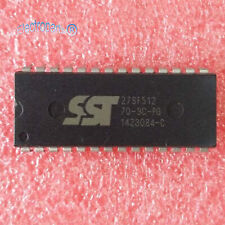
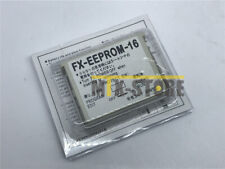
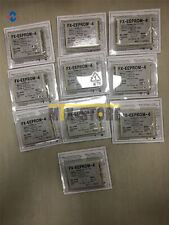
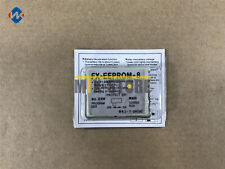
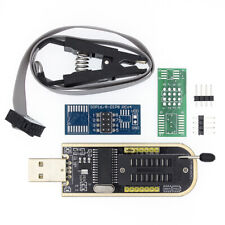
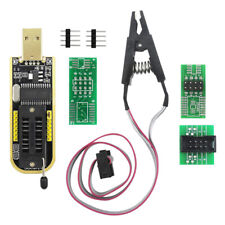

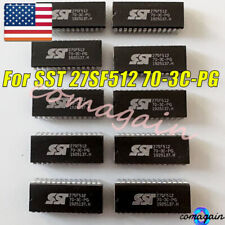


Comments are closed.